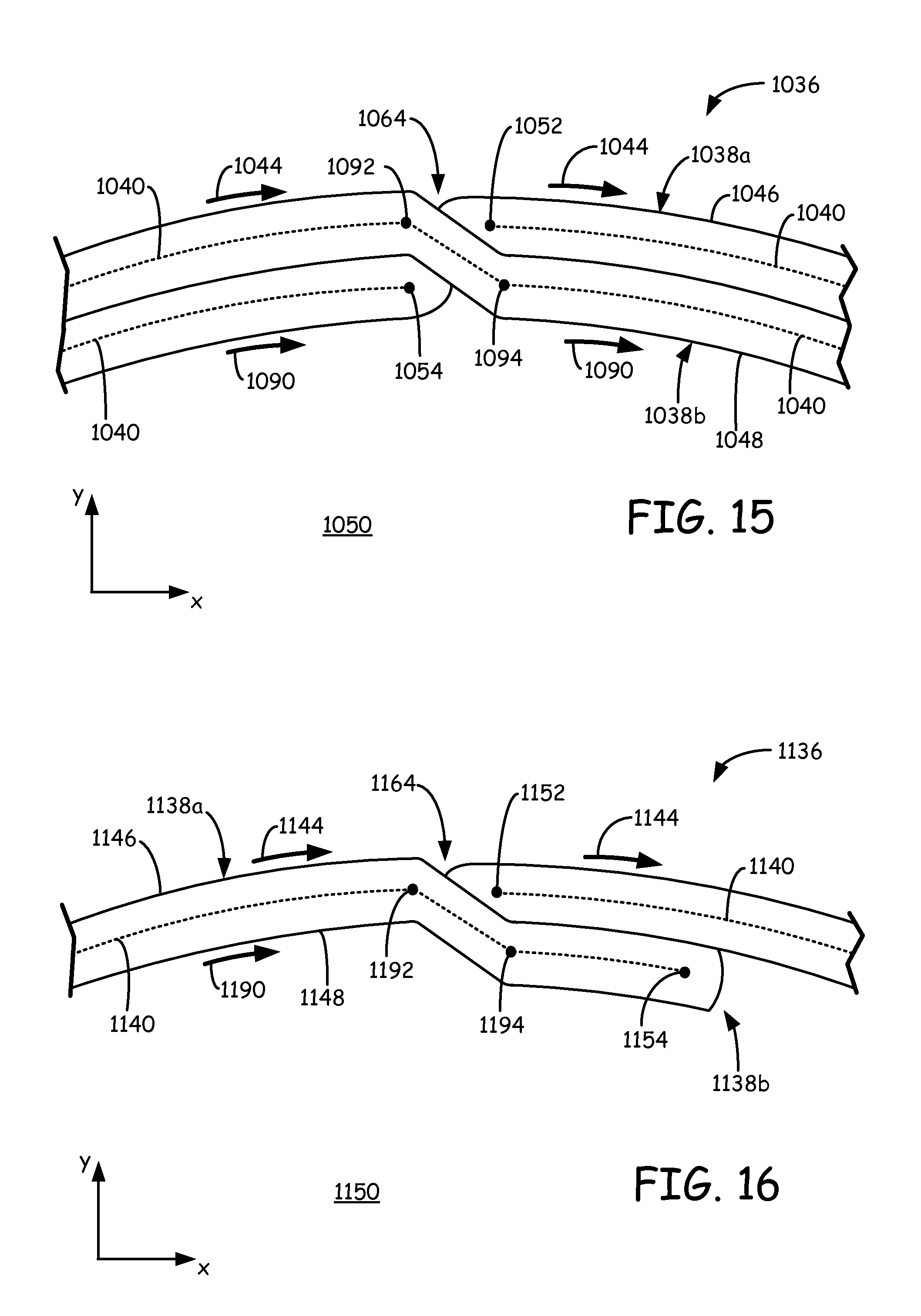This patent application filed by Stratasys claims to invent the concept of printing seamless 3D objects by hiding layer path endpoints inside the object’s visible outer surface. Letting this patent issue in its current form could allow Stratasys to prevent anyone else from printing 3D objects with the claimed features.
BASIC APPLICATION DATA:
- Title: “Seam concealment for three-dimensional models” Application
- Number: 13/707,884
- Publication Number: US 2013-0095303 A1
- Assignee: Stratasys, Inc.
- Priority Date: September 23, 2009 (prior art must predate this)
- Availability for Challenge: Open until at least October 18, 2013.
APPLICATION OVERVIEW: This patent application from Stratasys seeks to patent 3D-printed objects with hidden seams. Specifically, the application claims to invent the concept of printing 3D objects in such a way that layers endpoints (or at least one endpoint on at least one layer) terminate inside each layer’s outer perimeter, as opposed to having the endpoints meet at a point visible from the exterior of the object.
WHY IT MATTERS: This is a very broad patent application with the potential to exclude many people from doing what they are already doing. We believe this technique has been in use for a long time. But belief is not enough. We need PROOF that this type of technique was used in 3D printing before September 23, 2009. That’s where you come in!
QUESTION: Have you seen anything that was published before September 23, 2009 that discusses:
- Printing 3D objects (with a 3D printer) in a way that hides at least one layer path endpoint inside the outer surface of that layer so that seams will be minimized or eliminated from view?
If so, please submit evidence of prior art as an answer to this question. Please submit only one piece of prior art per answer below. We welcome multiple answers from the same individual.
EXTRA CREDIT ---
- A reference to anything that meets all of the criteria above AND ALSO describes how far the endpoint or endpoints terminate inside the inner region of the layer, specifically whether that distance is between 50% and 200% of the road width (the width of the layer path).
- A reference to anything that meets all of the criteria above AND ALSO describes different patterns for how the endpoints terminate inside the layer’s inner region such as in the following images:






Claim 1 requires each and every element below:
A three-dimensional object:
built with an extrusion-based digital manufacturing system (i.e., 3D printer),
the three-dimension object comprising a plurality of layers of an extruded material,
wherein at least one of the layers comprises:
a perimeter of the extruded material,
the perimeter comprising a start point and a stop point; and
an interior region of the layer defined by the perimeter, wherein at least one of the start point and the stop point is located within the interior region of the layer.
